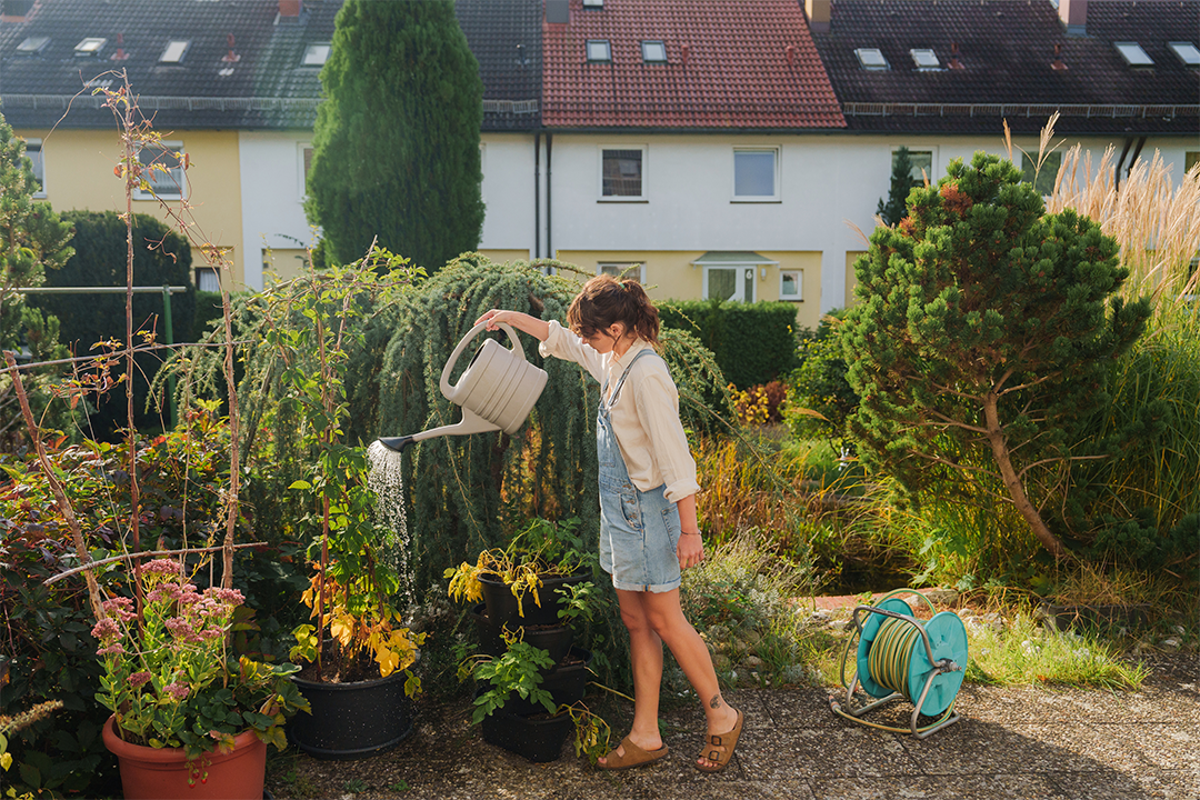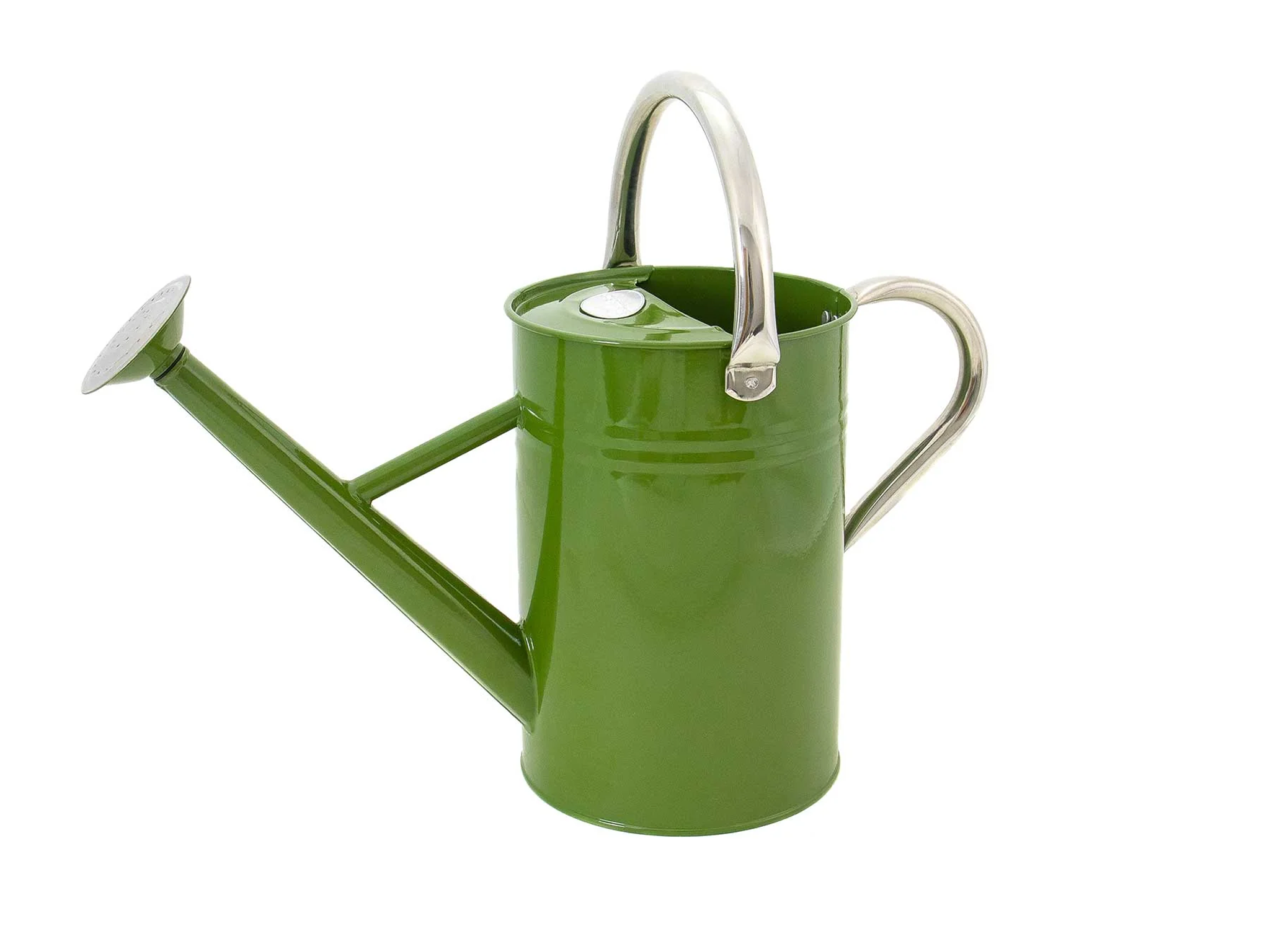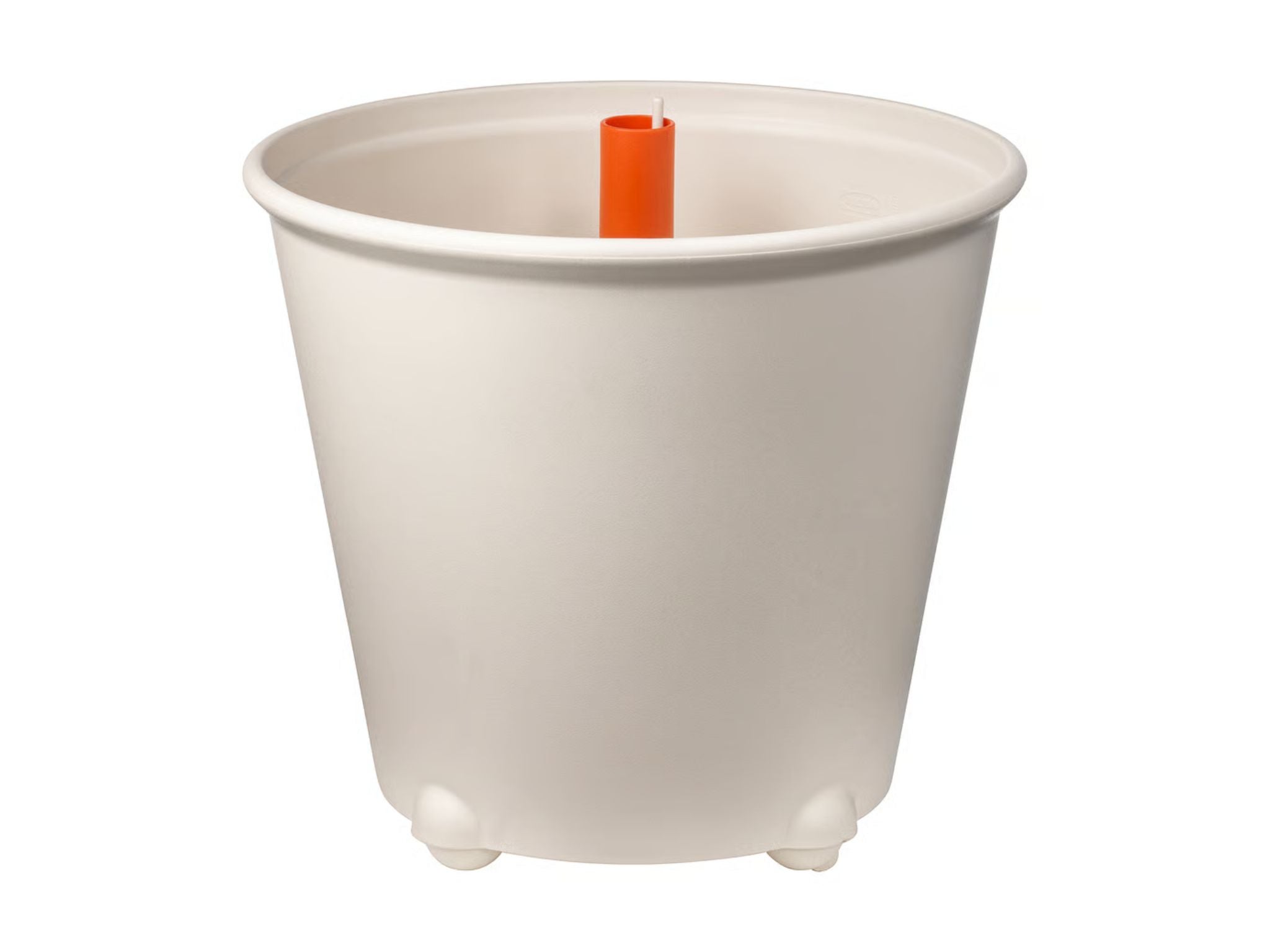
Between the warmest and driest spring on record and three summer heatwaves, it’s no surprise that a number of areas across the UK are in a drought. As a result, hosepipe bans have come into force, and it’s expected these won’t be the last.
If you’re a keen gardener concerned about how to keep your plants alive without the usual garden hose, we spoke to the experts to find out how you can keep your outdoor space leafy-green while preserving water throughout the year.
Janet Manning, water reduction officer for the Royal Horticultural Society, suggests collecting household water that would otherwise go to waste, from showers or in the sink (just be wary of soap, as plants tend not to like it).
But there are plenty of other ways to give your garden a drink. Here’s everything you need to know about keeping your garden healthy throughout a hosepipe ban.
Where has a hosepipe ban been announced in England?
So far, Southern Water, Thames Water, South East Water and Yorkshire Water have announced hosepipe bans, but it’s expected that more will be announced in the coming months. The first ban of the year was announced by Yorkshire Water, affecting York, Leeds, and Sheffield, as well as parts of northern Lincolnshire and Derbyshire.
The Southern Water ban will affect those in Hampshire and on the Isle of Wight and comes into effect on 21 July. Starting on 22 July, the Thames Water ban affects people in large areas of Swindon, Gloucestershire, Oxfordshire, Berkshire and Wiltshire. Beginning 18 July, the South East Water ban affects those in Kent and Sussex.
It remains unlikely that there will be hosepipe bans in Wales, Scotland, and Northern Ireland.
Should I use a watering can during a hosepipe ban?
If you’re in an area with a hosepipe ban, a watering can filled from the kitchen tap is a water-efficient way to give your garden a drink. To use a watering can most effectively, head gardener at the Beth Chatto Gardens and Nurseries, Åsa Gregers-Warg, says to water your plants “slowly and deeply.” Too much too quickly means that water will “run off rather than penetrate the soil.”
It’s also worth watering the base of the plant rather than the leaves, as this helps to prevent disease in the leaves and ensures water gets to the plant’s roots, rather than evaporating from the leaves.
For the same reason, Gregers-Warg added that it’s best to water in the morning when “plants can really absorb the water before it gets too hot”. If you water too late in the day, the water will evaporate before your plants have a chance to take it up.
She also stresses that we must still be careful about how much water we use, even with a watering can. “Moving forward, we all have to be really water-wise and conserve water. We have to use it efficiently and not waste it. It’s really important to only water when it's really needed and not out of habit.”
Kent & Stowe watering can deep violet: £24.99, Marshallsgarden.com

Our favourite watering can is this model from Kent & Stowe. Our reviewer said: “This 4.5l can is the perfect size for pottering around the patio, and means it’s not too heavy when it’s full up.” They added: “The two handles make for easy watering – the folding top handle is handy for carrying, while the side handle allows for great balance when pouring.”
Should I use self-watering plant pots?
Janet Manning, water reduction officer for the Royal Horticultural Society, says that self-watering plant pots can also help. These pots have hidden reservoirs, which plants can tap for water. They’re great in droughts because, as Janet explains, “Water is stored away from the heat of the sun so you lose the evaporation.” This saves a lot of water and ensures plants get plenty to drink.
Self-watering plant pots also save you a job. You don’t have to spend your morning watering the plants before work; your plants can just drink from the pots whenever they need to.
Janet adds that this also prevents over-watering. It “keeps the root zone moist” instead of flooding it. Rather than drowning your plants under a sudden shower, plants can draw water from the soil by capillary action, just as they would take water from damp soil in the wild.
Ikea PS fejö: £19, Ikea.com

Our tester found that this affordable Ikea pot is “a great all-rounder for the price.” Fill up the easy-to-spot reservoir with water, and it will water your plants for you. Suitable for indoors and outdoors, it “can fit snugly into pretty much any corner”.
Should I use a water butt?
Water butts are an easy and effective way to collect water, but without rainfall, they won’t solve everything. Janet Manning explains that a water butt is a long-term solution rather than an instant fix. “Right now, a water butt isn’t going to be much use. It hasn't rained and there's very little rain in the forecast.”
But she adds that it's worth it if you do have space for one because “dry spells often break with a heavy downpour, so even if you buy one now, you’ll find that it will fill up quickly when the drought finally ends”. Plus, it’ll collect rainwater for free, so they’re cost-effective, too.
Ward water butt: £38, Diy.com

If you’re looking for something functional and affordable, this could be the answer. With a whopping 210l water capacity, this water butt is made from hardwearing plastic, so it should be able to withstand the weather when it does eventually turn to torrential rain.
Essentials water butt: £39.99, Screwfix.com

If you don’t want something as imposing, this slimline water butt looks like it’ll do the trick. It comes with a downpipe and pipe link to fill the water butt, as well as a tap.
How else can I protect plants during drought?
It sounds counterintuitive, but watering isn’t the only way to protect plants during a drought. You should skip mowing the lawn during the drought, as leaving grass a bit longer “will improve the heat and drought tolerance”, explains Gregers-Warg. Similarly, she suggests planting small trees in the garden as a way to create shade.
Where you plant your greenery will make a difference to how well they cope in the drought, too. “ If you have planted shade-loving species in full sun, they're going to use loads of water”, says Manning.
Additionally, consider the material of your plant pots. “Corten steel seems to be really popular, but it's one of the worst for heating your plants”, she says. Instead, swap out metal pots for terracotta, which won't get as hot.







